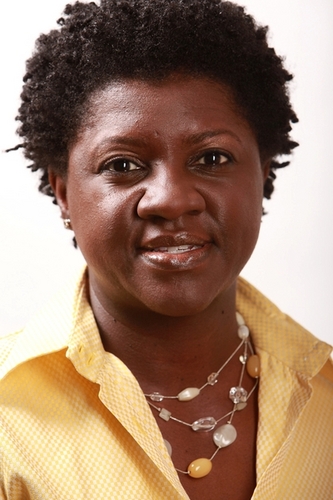Evolving our social media strategy to reach women and their families
Content From: Ingrid Floyd, Executive Director, Iris House; Board Member, National Women and AIDS Collective•Published: March 10, 2015•3 min read
Topics

In March 2012, social media strategy. We are a community-based organization that provides comprehensive services and advocacy for women, families, and communities impacted by HIV/AIDS. As we commemorate National Women and Girls HIV/AIDS Awareness Day, I want to take this opportunity to share with you how our strategy has evolved over the last three years, as we continue to reach and serve women most at risk.How has Iris House’s social media strategy evolved?
- We have added new social media platforms to our mix in order to reach various populations. Iris House now has followers on InstagramExit Disclaimer who see, comment, and share our pictures and posts. This has been really popular with our younger populations, especially young girls. Our health educators use this medium to announce upcoming events, post topics to engage people in HIV prevention, and share pictures of things happening at the agency. Around National Black HIV/AIDS Awareness Day, we promoted one of our HIV testing events on Instagram. We have learned that one of our Instagram followers who was unaware of his HIV status came to a testing event that we promoted. It was great to see social media reach individuals in such a tremendous way!
- Social media is now embedded in our agency’s culture. We realize it is key to have staff whose responsibility is to monitor social media, but also to have specific staff members responsible for posting on social media. This accountability ensures that we post frequently and maintain quality assurance for our social media content.
- We train multiple audiences on using social media to educate, as well as to entertain. A recent SAMHSA grant allowed us to train our peers—young African-American gay men, HIV-positive women, and transgender women—on how to use social media for prevention messages. This was a fun process that allowed the participants to use YouTubeExit Disclaimer, FacebookExit Disclaimer, TwitterExit Disclaimer, and InstagramExit Disclaimer to craft messages for their own social networks and to see how people responded.

- We continue to be engaged and accountable, in order to successfully use social media tools for HIV prevention and education.
- The technology is constantly evolving, and we stay familiar with social media tools. We follow new developments by monitoring the social media presence of like-minded organizations, and we search the platforms themselves for trends, updates, and insights. For instance, you can now take videos on Twitter, while # (hashtags) are used on Facebook and Instagram too!
- We continue to “meet people where they are” by assessing which social media platform is appropriate for each target audience. For instance, younger adults and adolescents have now moved on to Snapchat, Twitter, and Instagram and rarely use Facebook or email. However, older audiences are still engaged on Facebook and may read occasional email blasts. Similarly, the language and style used on different social media platforms have to be at a level that followers can understand and relate.
How has your agency changed its use of social media over the years? What strategies do you use to reach women and girls about HIV awareness?